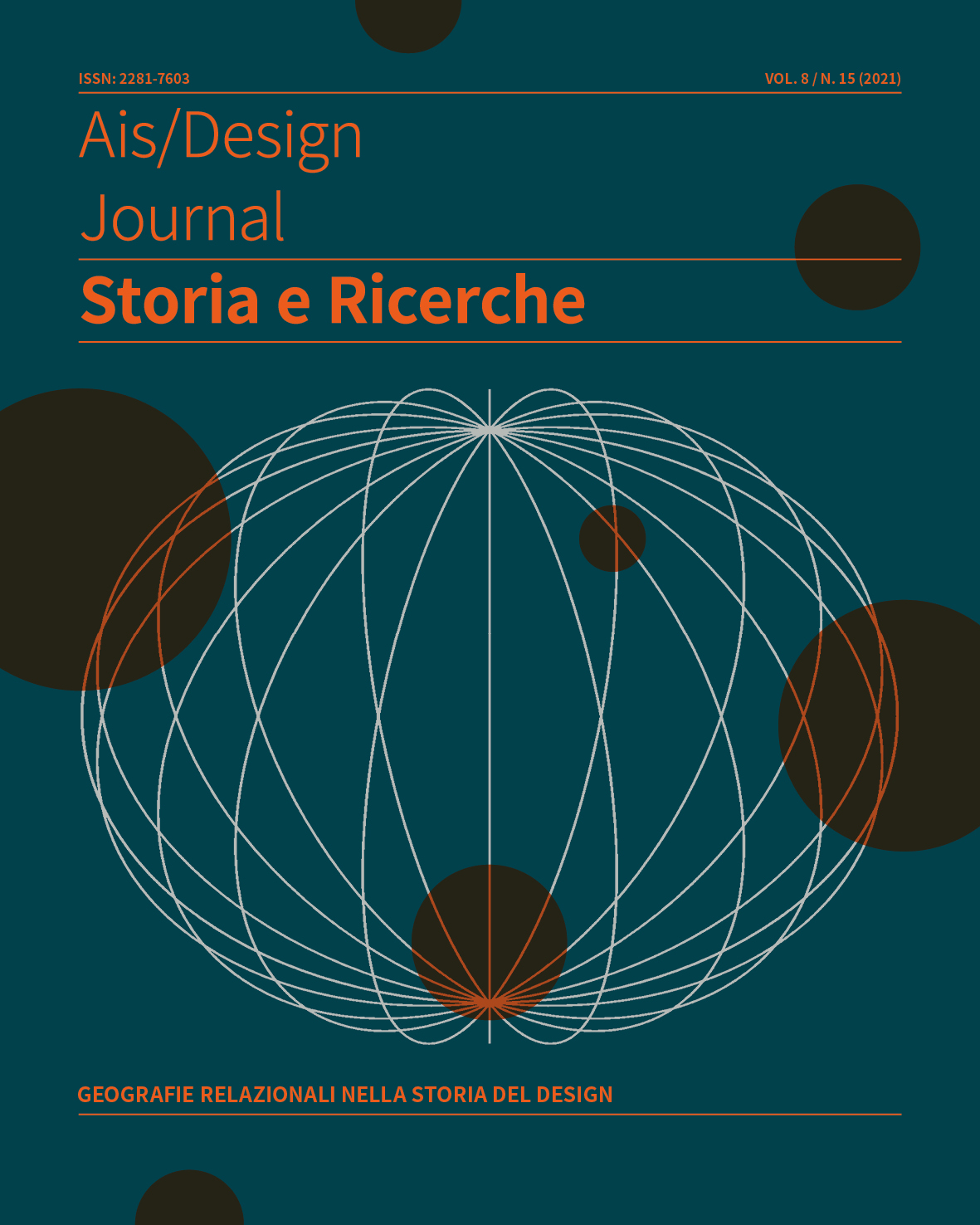Italian New Wave?
From International Teaching Experiences of Wolfgang Weingart to Exhibitions of the Documentation Center of Palazzo Fortuny
Abstract
The 1980s marked a profound shift in the identity of graphic design. The technological potential of new digital tools that were becoming available to designers favored a departure from strict grid-based composition conventions, with new exploratory attitudes and languages entering the design process. This approach, introduced by Wolfgang Weingart through his teaching experiences at the Kunstgeweberschule Basel and later called New Wave, was popularized in Europe and North America through international conferences and workshops, influencing many young graphic designers. One of the most prominent designers to adopt Weingart’s methods was April Greiman. She reworked his approach introducing the use of computers to establish a mature style of Californian New Wave, of which she is regarded as one of the most influential interpreters.
In the context of these international developments, going from Switzerland to the United States and back to Europe, the Documentation Center of Palazzo Fortuny in Venice played an active role in the cultural promotion of contemporary international trends in graphics.
In 1987 the Venetian institution in collaboration with Giorgio Camuffo hosted the Pacific Wave exhibition for the first time in Italy. Designers such as Greiman, John Casado and Michael Vanderbyl participated in the exhibition, which marked the beginning of a cultural program of international character. In addition to tracing the map of relational geographies that disseminated the New Wave movement in the world and in Italy, the paper examines the genesis of the Pacific Wave exhibition (1987) and of workshops such as Fortuny Graphic (1987 and 1995), which presented leading exponents of the New Wave to the Italian public and played a pivotal role in the diffusion of new technological and linguistic-expressive paradigms.
Copyright (c) 2021 Monica Pastore

This work is licensed under a Creative Commons Attribution-NonCommercial-NoDerivatives 4.0 International License.
Creative Commons NonCommercial-NoDerivates 4.0 international License (CC BY-NC-ND 4.0).


